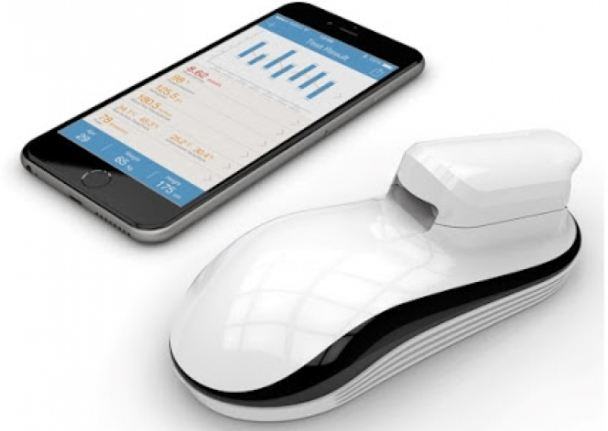Advancing Glucose Monitoring with Intelligent Technology
Technology is reshaping the way people track and manage their glucose levels. Traditional glucometers have long been essential for obtaining readings, but recent advancements are introducing new possibilities for more convenient and continuous monitoring. The future of glucose measurement is moving toward intelligent systems that provide real-time insights, seamless connectivity, and enhanced ease of use.
The Rise of Continuous Monitoring
For many, regular glucose checks are part of daily routines. However, frequent manual readings can be time-consuming and require extra effort. New developments are making it possible to track glucose levels continuously without the need for repeated individual tests.
Some of the most promising innovations in this field include:
- Wearable sensors that provide real-time glucose data.
- Non-invasive technology designed to measure glucose without the need for direct sampling.
- Automated data tracking that offers a clearer picture of long-term trends.
With continuous monitoring, individuals can gain a better understanding of how different activities influence glucose levels throughout the day.
Smart Integration and Connectivity
The next generation of glucometers is not just about accuracy—it’s also about accessibility. Many modern devices are now designed to work alongside digital tools, making glucose tracking more seamless than ever. Features that enhance connectivity include:
- Wireless data transfer, allowing readings to sync across multiple devices.
- Personalized notifications, offering alerts based on trends in glucose levels.
- Cloud-based history tracking, making it easier to review past results and identify patterns.
These improvements provide greater convenience while allowing users to make informed decisions based on their real-time data.
What’s Next for Glucose Monitoring?
The evolution of glucometers is ongoing, with researchers exploring new ways to enhance accuracy, comfort, and usability. Some of the areas currently being explored include:
- Non-contact monitoring, which aims to eliminate the need for physical interaction with a device.
- AI-driven insights, helping users interpret their readings more effectively.
- Longer-lasting sensors, reducing the need for frequent replacements or recalibrations.
As technology advances, glucose monitoring is becoming more intuitive, providing individuals with smarter tools to manage their daily routines effortlessly.
Conclusion
The future of glucometers is centered around innovation, making monitoring more convenient, continuous, and connected. With wearable devices, real-time tracking, and smart technology integration, glucose measurement is evolving beyond traditional methods. As intelligent solutions continue to develop, individuals will have more efficient ways to understand their glucose levels and adapt their daily habits accordingly.

